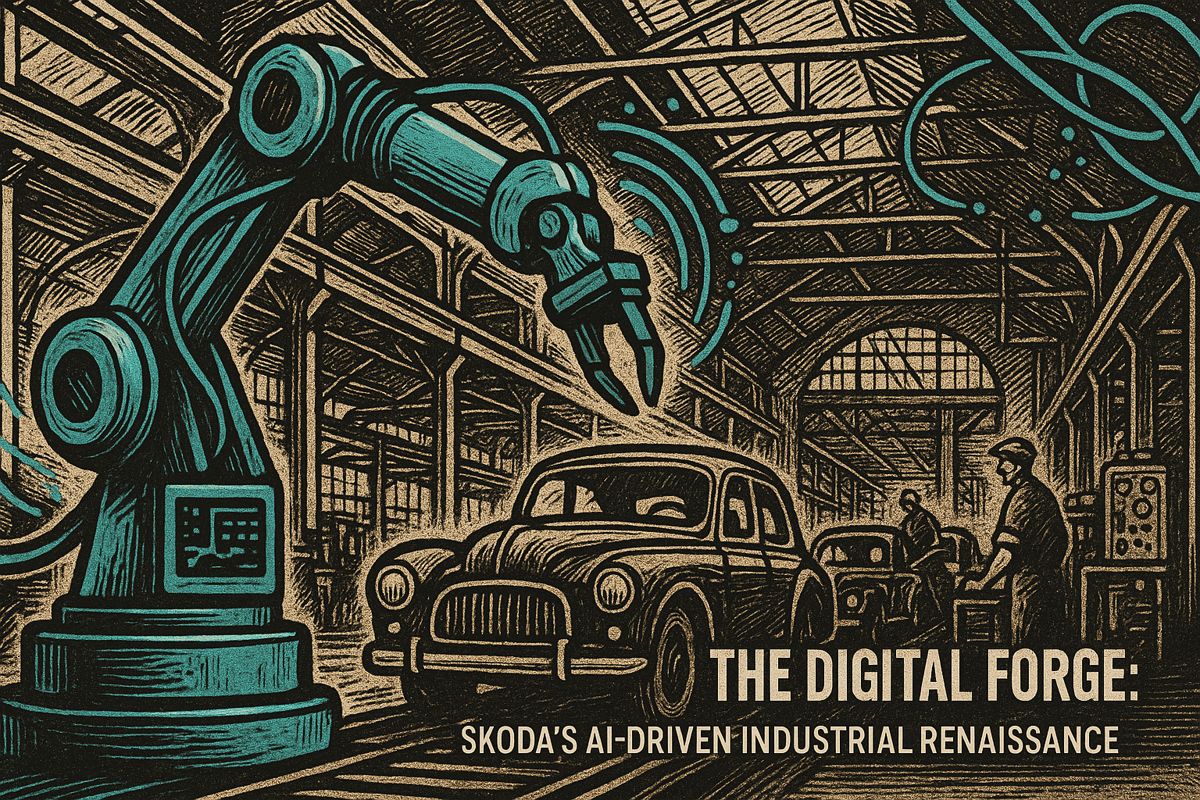New 2025 projections suggest Anthropic’s revenue could edge out OpenAI on server efficiency gains, a key metric in generative AI economics. Investors now scrutinize API call costs as closely as performance benchmarks, as emerging data reveals Anthropic’s architecture consumes less power and cost per token. This shift is poised to reshape profit margins for both AI labs and the enterprises that depend on their models.
How Anthropic Achieves Superior Server Efficiency
Anthropic gains its edge through a combination of model architecture and custom hardware. The Claude Opus 4 model is optimized for long, continuous tasks, which maximizes GPU utilization. This software advantage is paired with specialized hardware clusters that significantly reduce power consumption and server costs per request.
According to a comparative study from SQ Magazine, independent analysts project Anthropic will generate $3.1 billion in API revenue, surpassing OpenAI’s $2.9 billion despite a smaller user base. This advantage stems from several factors:
- Software Optimization: Claude Opus 4 excels at multi-hour code reasoning sessions, keeping GPUs active and reducing costly idle time. This is particularly effective for predictable workloads in regulated sectors like finance and health, which minimizes the need for peak server capacity.
- Hardware Innovation: The company’s hardware strategy is equally critical. Project Rainier, a massive AWS cluster, utilizes custom Trainium 2 chips designed for AI-specific math. This is combined with vertical power delivery and a hybrid cooling system that cuts mechanical energy use by up to 46%, as reported by Datacenter Knowledge.
The Financial Impact for Enterprise Customers
While OpenAI leads in market share with 36.5% enterprise adoption versus Anthropic’s 12.1%, the trend is shifting as cost-conscious and safety-focused buyers migrate. Lower inference costs directly translate to more competitive customer pricing.
This is critical, as a 2025 survey on AI cost management revealed that 84% of companies overshoot their AI budgets by over 25%. Efficient platforms like Anthropic’s alleviate this pressure. For example, a medium-scale user can now host a 120B-parameter Claude model on-premise for approximately $30,000 in hardware, achieving high performance with minimal accuracy loss.
AI’s Energy Footprint and National Grid Implications
Anthropic is actively connecting its technical efficiency to national energy policy. The company’s “Build AI in America” report forecasts that US AI power demand could exceed 50 GW by 2028. To address this, Anthropic has proposed a $50 billion investment in renewable-powered data centers and advocates for streamlined permitting for new energy sources.
The urgency is clear: Brookings researchers note that data center power consumption in North America already doubled to 5.3 GW from 2022 to 2023. Without significant efficiency improvements, this trajectory threatens to overload regional power grids. Anthropic’s integrated “chip-to-cooling” approach provides a potential model for sustainable scaling.
Beyond hardware, key runtime tactics like continuous batching and PagedAttention – now standard in vLLM wrappers supported by Claude – further boost performance. Ultimately, market equilibrium depends on whether OpenAI can match this efficiency by diversifying its own computing infrastructure.
For now, the competitive advantage belongs to the lab with the most optimized stack, where tight integration between silicon, software, and workload scheduling translates directly into a cost advantage.



















